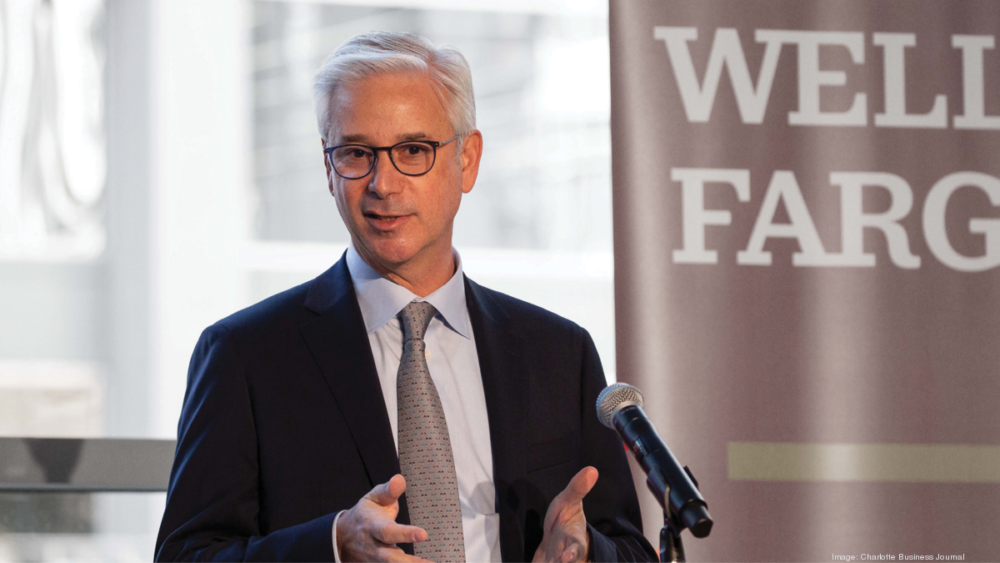Wells Fargo & Co. (NYSE: WFC) is preparing for darker days ahead as it works with commercial real estate borrowers trying to refinance loans amid higher interest rates and plunging property values.
“There’s no question that our credit results are still significantly better than we would expect through the cycle, so we’d expect them to deteriorate from here,” CEO Charlie Scharf said May 31 at the annual Bernstein Strategic Decisions conference.
Commercial real estate is of key concern for lenders, who anticipate a wave of defaults ahead. Wells Fargo, the Triad’s second-largest commercial bank with 20% market share, is trying to reduce risk in its loan portfolio.
“We go into a huge amount of detail. We look city by city, we look property by property to look at exposures, and I would say there’s no question that there’ll be losses,” Scharf said. “We are very proactively managing what the portfolio looks like.
“We know every property which has ‘events’ between now and the remainder of the year and into next year,” said Scharf, adding that the bank is working with borrowers to understand their situation.
“Can we do something to restructure, to extend with a modification, which we think is helpful for them but also derisks and benefits us,” Scharf said.
Scharf also provided more detail on its office loan portfolio. About 12% or 13% is owner occupied and 80% of its office loans are for Class A properties. Wells has about one-third of its office property loans coming with personal guarantees, since the mortgages often come through its middle-market business customers.
Wells is also taking other steps to prepare for the prospects of a slowing economy.
“Loan growth is not extremely strong,” said Scharf, who expects Wells and other lenders to tighten credit availability in the months ahead as they adjust to higher capital requirements from regulators.
“We’ve also been proactive about taking some measures to just reduce originations for marginal borrowers, both on the commercial side and on the consumer side, which I think is the right long-term thing to do for the franchise,” he said.
Banks also are being more conservative as they start to see marginal borrowers struggling a bit more than they were just six months ago, Scharf said. Much of the banking industry has been touting the strength of consumers, many still holding savings from pandemic-fueled stimulus programs. But Scharf signaled consumers may be starting to bifurcate based on their financial strength.
Individuals with credit scores below 660 are “performing fairly substantially worse” than those above 660, Scharf said.
“Already?” Scharf was asked. He replied, “Already, sure.
“The strength of the consumer is still relatively strong, which is helpful, but there is a differentiation between the more affluent consumer and the less affluent.”



